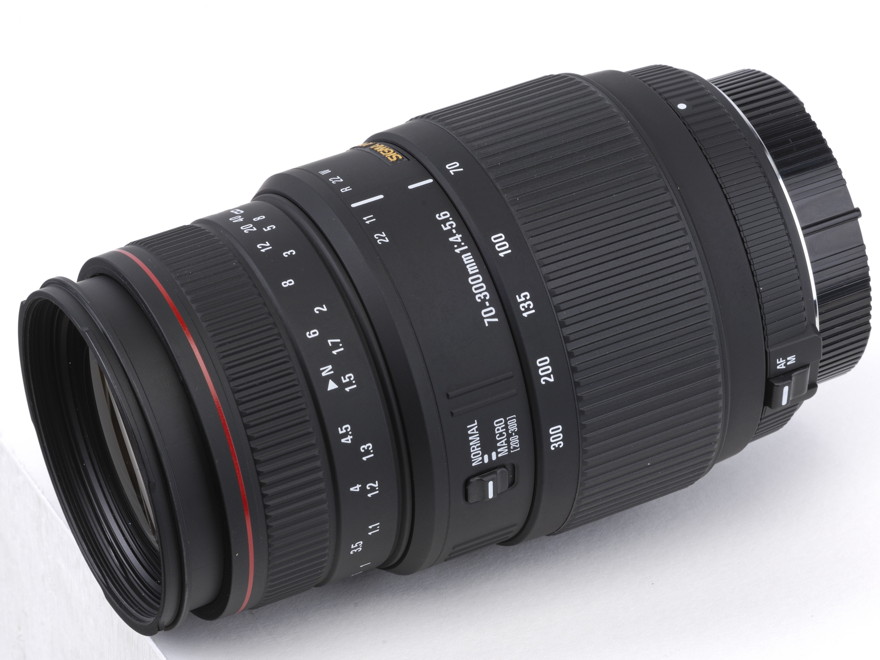TechRadar Verdict
Pros
- +
Close-focusing 0.5x macro ability in the 200-300mm zoom range
- +
Impressive build quality at the price
- +
Sharp at all but the longest telephoto setting
Cons
- -
No optical stabilisation
- -
Lacks Sigma's HSM autofocus, and the basic motor is quite noisy
- -
Poor image contrast in dull lighting
Why you can trust TechRadar
In this day and age, it's easy to write off any 'slow' telephoto zoom lens with an f/4-5.6 maximum aperture that doesn't have optical stabilisation. However, the Sigma 70-300mm f/4-5.6 APO DG Macro still packs some impressive features at the price.
As a 'DG' lens, it's designed for digital full-frame DSLRs but is equally compatible with APS-C camera bodies that have smaller sensors.
The lens is available in Canon, Nikon, Pentax, Sigma and Sony mounts, and is an especially attractive option for Pentax and Sony users, since current ranges of these cameras feature built-in sensor-shift image stabilisation, bypassing the need for an optical stabiliser in the lens.
Effective focal lengths on most APS-C bodies are 105-450mm, and 112-480mm for Canons.
With 14 elements in 10 groups, three of the Sigma's elements are Special Low Dispersion (SLD) to help reduce chromatic aberrations, or colour fringing, and earning it an Apochromatic (APO) badge. The nine-blade diaphragm enables an aperture range of f/4-5.6 down to f/22-32.
Autofocus is based on a relatively old-fashioned and basic electric motor, rather than Sigma's HyperSonic Motor (HSM) system, but the lens focuses down to just 95cm, at least in the 200-300mm focal range.
At its longest telephoto setting, the Sigma 70-300mm f/4-5.6 APO DG Macro lens has a 0.5x macro facility, similar to the Tamron 70-300mm Di LD Macro lens. The Sigma comes complete with a lens hood and soft pouch.

Samsung's rival has debuted new storage tech that offers a super-fast, high-capacity flash memory for ultra-portable devices; Kioxia's UFS QLC promises to reach speeds of 4.2 GB/s

Samsung S95F OLED TV: what we want to see

Get Samsung Galaxy Buds3 Pro for a record-low price at Amazon – plus a great freebie
